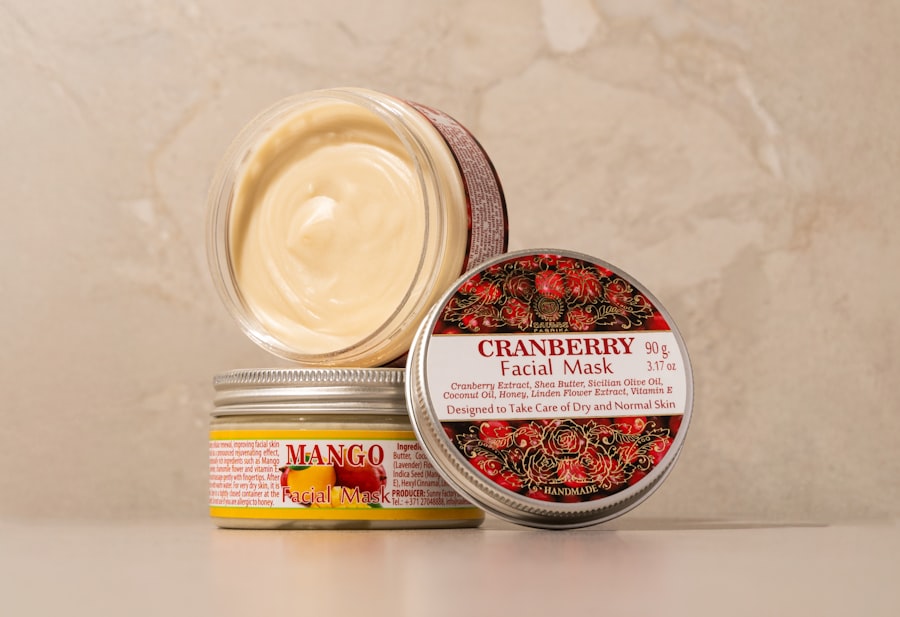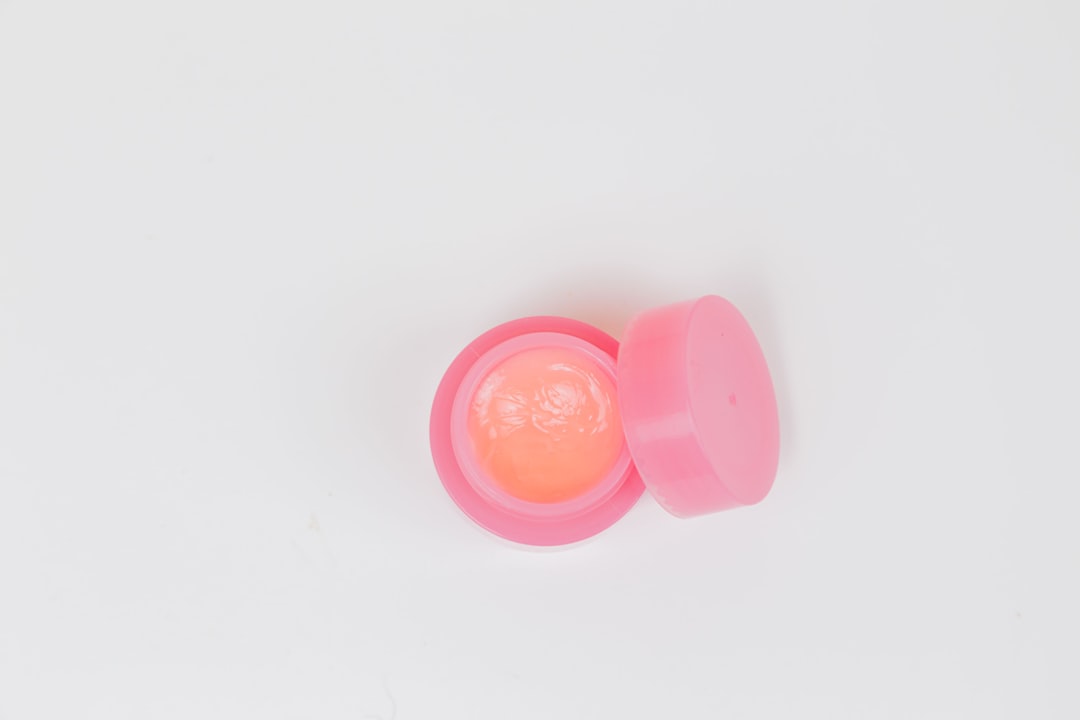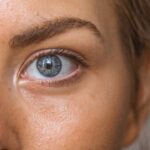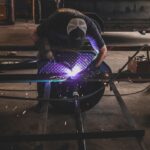After undergoing a cosmetic procedure, it’s essential to grasp the intricacies of the aftercare process. This phase is crucial for ensuring optimal healing and achieving the desired results. You may find that the aftercare instructions provided by your practitioner are tailored specifically to your treatment, but there are common principles that apply across various procedures.
Understanding these guidelines can significantly enhance your recovery experience and help you avoid complications. The aftercare process typically begins immediately following your treatment. You might be advised to rest and avoid strenuous activities for a certain period.
This initial phase is vital as it allows your body to start the healing process without additional stress. Familiarizing yourself with the specific requirements of your procedure will empower you to take charge of your recovery. Whether it involves applying topical ointments, avoiding certain foods, or adhering to a specific skincare regimen, being informed will help you navigate this critical time with confidence.
Key Takeaways
- Aftercare process is crucial for the success of the treatment and involves following specific instructions provided by the professional.
- Managing discomfort and irritation can be done through the use of recommended products and avoiding certain activities that may aggravate the treated area.
- Protecting the treated area from sun exposure is important to prevent any potential damage or complications, and using sunscreen is highly recommended.
- Maintaining hygiene and skincare routine is essential to ensure the treated area heals properly and to prevent any infections or complications.
- Avoiding certain activities and products such as hot showers, saunas, and harsh skincare products is necessary to prevent any adverse effects on the treated area.
Managing Discomfort and Irritation
Managing Discomfort and Pain
To alleviate discomfort, you might consider using cold compresses or ice packs on the affected area, as they can reduce swelling and numb the sensation temporarily. Over-the-counter pain relievers may also be recommended by your healthcare provider to help manage any pain you experience. It’s important to follow their guidance regarding medication usage, as taking the wrong dosage or mixing medications can lead to unwanted side effects.
Maintaining a Healthy Environment for Healing
Additionally, keeping the treated area clean and moisturized can help minimize irritation and promote healing.
Staying Focused on Recovery
By understanding that discomfort is a normal part of the healing process and taking steps to manage it, you can stay focused on your recovery and achieve the best possible results from your cosmetic procedure.
Protecting the Treated Area from Sun Exposure

One of the most critical aspects of aftercare is protecting the treated area from sun exposure. Your skin may be more sensitive following a cosmetic procedure, making it susceptible to sunburn and pigmentation changes. You should prioritize sun protection to ensure that your results remain intact and that your skin heals properly.
This means avoiding direct sunlight and wearing protective clothing whenever possible. In addition to physical barriers, applying a broad-spectrum sunscreen with a high SPF is essential. You may want to choose a sunscreen that is specifically formulated for sensitive skin to avoid any potential irritation.
Reapplying sunscreen every two hours, especially if you are outdoors, will help shield your skin from harmful UV rays. By taking these precautions, you can significantly reduce the risk of complications and maintain the integrity of your treatment results.
Maintaining Hygiene and Skincare Routine
| Category | Metrics |
|---|---|
| Hygiene | Frequency of handwashing |
| Skincare Routine | Number of steps in skincare routine |
| Hygiene | Use of hand sanitizer |
| Skincare Routine | Types of skincare products used |
Maintaining proper hygiene and adhering to a skincare routine is vital during the aftercare phase. You may be tempted to skip certain steps in your routine due to discomfort or irritation, but neglecting these practices can lead to complications such as infections or delayed healing. It’s essential to follow the specific instructions provided by your practitioner regarding cleansing and moisturizing the treated area.
You should use gentle, non-irritating cleansers that won’t exacerbate any sensitivity. Avoiding harsh scrubs or exfoliants is crucial during this time, as they can disrupt the healing process. Instead, opt for products that are soothing and hydrating.
Incorporating a fragrance-free moisturizer can also help keep your skin nourished and promote healing. By prioritizing hygiene and skincare, you’ll create an optimal environment for recovery and enhance the longevity of your results.
Avoiding Certain Activities and Products
During the aftercare period, it’s essential to avoid specific activities and products that could hinder your recovery.
You may need to refrain from high-impact workouts or activities that put pressure on the treated area for a designated period.
Additionally, certain skincare products should be avoided during this time. You might want to steer clear of retinoids, alpha hydroxy acids (AHAs), and other active ingredients that could irritate your sensitive skin. Instead, focus on using gentle, hydrating products that support healing.
By being mindful of your activities and product choices, you’ll create a more conducive environment for recovery and ensure that your results are not compromised.
Monitoring and Reporting Any Adverse Reactions

As you navigate through the aftercare process, it’s crucial to monitor your skin for any adverse reactions. While some discomfort is expected, you should be vigilant for signs of infection or unusual changes in the treated area. If you notice increased redness, swelling, or discharge, it’s essential to contact your healthcare provider promptly.
Early intervention can prevent complications and ensure a smoother recovery. Keeping a close eye on your skin will also help you identify any allergic reactions to products you may be using during this time. If you experience itching, burning, or rashes after applying a new product, discontinue use immediately and consult with your practitioner.
Being proactive about monitoring your skin will empower you to take control of your recovery journey and address any issues before they escalate.
Following Up with Professional Touch-Ups
Following up with professional touch-ups is an integral part of maintaining the results of your cosmetic procedure. Depending on the treatment you received, you may require additional sessions to achieve optimal results or address any areas that need refinement. Scheduling these appointments with your practitioner will ensure that you stay on track with your aftercare plan and receive personalized guidance throughout your recovery.
During these follow-up visits, your practitioner will assess your progress and make recommendations based on how well you’ve healed. They may suggest adjustments to your skincare routine or provide additional treatments to enhance your results further. By staying engaged with your practitioner and attending these appointments, you’ll demonstrate commitment to your aftercare process and maximize the benefits of your treatment.
Long-Term Maintenance and Hair Growth Management
Long-term maintenance is essential for sustaining the results of your cosmetic procedure over time. Depending on the nature of your treatment, you may need to adopt specific practices to manage hair growth or maintain skin health effectively. Understanding what is required for long-term care will empower you to take proactive steps in preserving your results.
For instance, if you’ve undergone hair removal treatments, regular maintenance sessions may be necessary to keep unwanted hair at bay. You might also want to explore at-home care options that complement professional treatments, such as using specialized products designed for hair growth management or skin health maintenance. By committing to a long-term care plan tailored to your needs, you’ll ensure that the results of your procedure remain vibrant and effective for years to come.
In conclusion, navigating the aftercare process following a cosmetic procedure requires diligence and attention to detail. By understanding the importance of managing discomfort, protecting against sun exposure, maintaining hygiene, avoiding certain activities, monitoring for adverse reactions, following up with professionals, and committing to long-term maintenance, you can significantly enhance your recovery experience and achieve lasting results. Your proactive approach will not only facilitate healing but also empower you to enjoy the benefits of your treatment fully.
If you are wondering what products to use after laser hair removal on your face at home, you may find the article “How to Customize Your Skincare Routine After Laser Hair Removal” helpful. This article discusses the importance of tailoring your skincare routine to your specific needs post-treatment. You can read more about it here.
FAQs
What is laser hair removal on the face?
Laser hair removal on the face is a cosmetic procedure that uses a laser to target and remove unwanted facial hair. It is a popular method for achieving long-term hair reduction on the face.
What should I use after laser hair removal on the face at home?
After laser hair removal on the face, it is recommended to use gentle skincare products such as aloe vera gel, fragrance-free moisturizers, and mild cleansers. These products can help soothe the skin and minimize any potential irritation or redness.
Can I use exfoliants or harsh products after laser hair removal on the face?
It is best to avoid using exfoliants or harsh products on the treated area after laser hair removal on the face. These products can potentially irritate the skin and interfere with the healing process.
How long should I wait before applying makeup after laser hair removal on the face?
It is generally recommended to wait at least 24 hours before applying makeup to the treated area after laser hair removal on the face. This allows the skin to recover and reduces the risk of irritation.
Are there any specific products to avoid after laser hair removal on the face?
It is advisable to avoid using products that contain alcohol, fragrances, or harsh chemicals on the treated area after laser hair removal on the face. These ingredients can potentially irritate the skin and interfere with the healing process.






